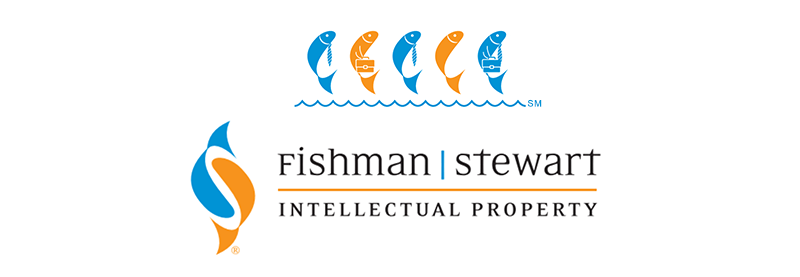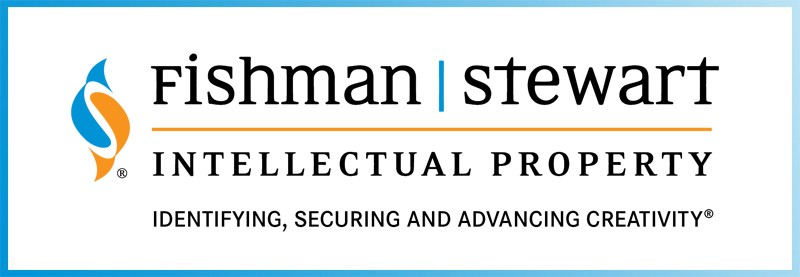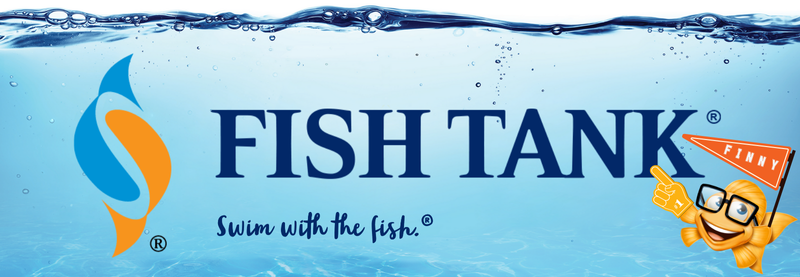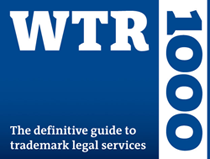Intellectual Property Insights from Fishman Stewart
Mini Article – Volume 22, Issue 15
Share on Social

The Right Golf Ball
Professional golfers recently assembled in Detroit, Michigan to compete in the PGA Tour’s Rocket Mortgage Classic at the Detroit Golf Club. Each player brought along a golf bag full of cutting-edge technology.
The type of golf balls carried by the pros can seem trivial compared to their clubs, especially when considering the amount of time and effort golfers put into purchasing the right set of clubs and selecting the right club for a specific shot. However, choosing the right golf ball and the technology that goes into that golf ball is far from trivial. Golf ball technology accounts for a large chunk of the golf-based US patent applications filed and many of these applications are focused on one thing – improving a golfer’s game.
Bridgeston Golf, for example, developed the golf ball disclosed in US2022/0176205A1 that is specifically designed to improve the game of amateur golfers, whose swing speeds are not as fast as professional golfers. The ball’s layered core enables the ball to incur less spin when hit with full power to improve distance, while also enabling a more desirable high spin on lower power approach shots.
To combat hooking and slicing, Aero X Golf created the golf ball described in US9211442B2. This ball has asymmetric weight distribution resulting from a core formed from non-spherical parts and different specific gravities in other parts that cause a differential between the moments of inertia of different spin axes, all of which help the ball resist hooking and slicing. That’s a lot of complex physics to help offset a golfer’s slice/hook swing!
Acushnet went the opposite direction with its golf ball in US10471307B2 that was designed to have a non-straight flight trajectory. The golf ball has two distinct dimple design patterns on opposite sides of the ball that cause the ball to curve during flight.
Some golf balls even include diodes and microchips, like Nike’s golf ball in US2022/0105418A1. The ball includes an internal microchip and infrared emitting diodes arranged on its outer surface that can be detected by sensors to determine the location of the ball, which could be very useful for those golfers who tend to spend lots of time in the rough.
If you want to improve your game and play like the pros, take advantage of golf ball technology, and select the ball that best suits your game!
Published July 29, 2022
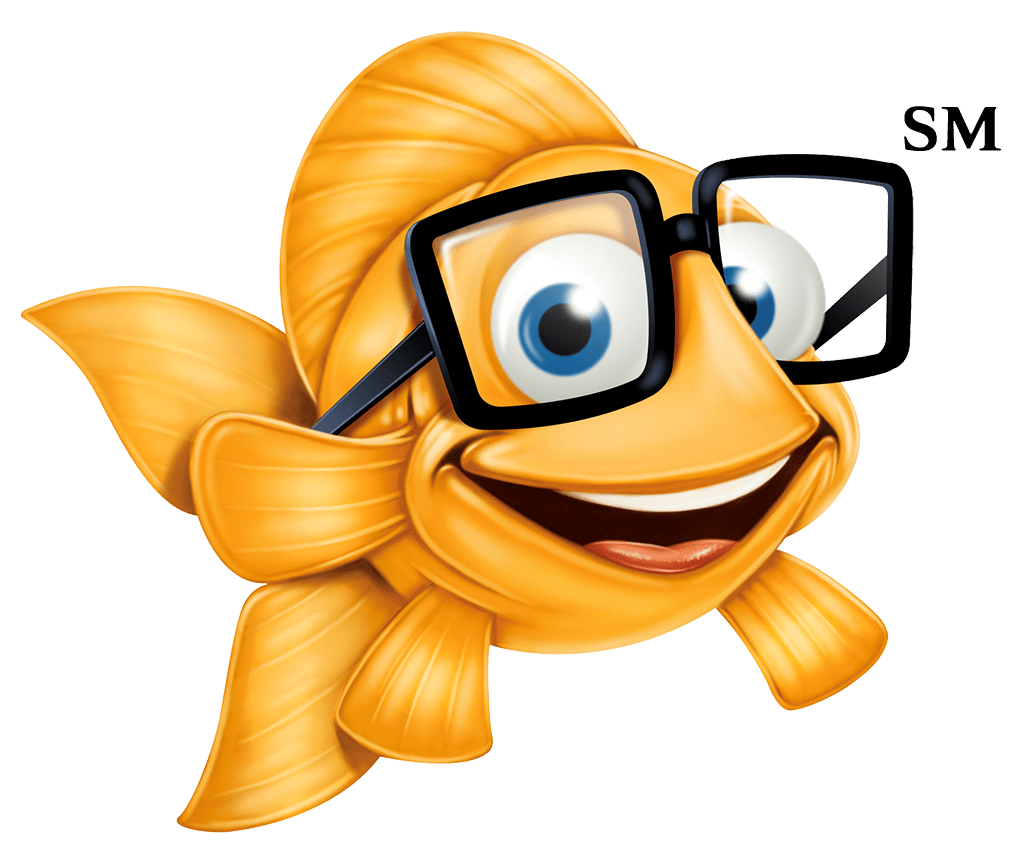

Related Content from Fishman Stewart
People have long pondered whether or not the Giza pyramids were indeed solely burial chambers, which was the only known, and archaeologically determined, use—until now.
By 1930, efforts began in New York to replace Mother's Day with Parent's Day because men were more than just breadwinners. Those efforts didn't catch on, probably because in that era, women often spent more time in the home.
In February, Nike and Skims announced that they will be working together on a new brand, NikeSkims. The co-brand will create a new line of training apparel, footwear, and accessories specifically designed to meet the unique needs of women athletes.
Generally, federal courts have exclusive jurisdiction over copyright cases, and often, this presents an insurmountable paywall for individual artists and small businesses to vindicate their rights, especially where the value of the individual copyrighted works are relatively low.
Dedicated to raising public awareness about the importance of encouraging innovation and creativity throughout the world, the World Intellectual Property Organization (WIPO) annually observes World Intellectual Property Day on April 26 to showcase the role that patents, trademarks, industrial designs, copyrights and trade secrets play in our everyday lives.
Hold onto your foam fingers, sports fans – college sports just got a whole lot more interesting! The latest updates to Name, Image, and Likeness (NIL) rules are making student-athletes bigger than ever, and it’s not just about the game anymore.
Did a federal court in Louisiana recently decide that US copyrights are global rights? It seems so.
One of his most famous songs, “Lose Yourself” was recently at the center of a lawsuit. In 2019, Eminem’s publishing company Eight Mile Style sued Spotify claiming that Spotify streamed a number of its musical compositions without proper licenses.
One of the most common challenges is whether AI should be free to train on data that is protected by copyright and owned by third parties without first obtaining permission.
The U.S. Copyright Office (USCO) recently published its latest report on AI and “copyrightability.” In short, the USCO considers only some AI-generated works to be sufficiently creative as to deserve copyright protection, and thus, registration.
IDENTIFYING, SECURING AND ADVANCING CREATIVITY®
